Exploring Bioinformatics and Computational Biology: A Comprehensive Guide
Written on
Chapter 1: Introduction to Bioinformatics and Computational Biology
Bioinformatics and computational biology have emerged as pivotal fields in contemporary science. In the past, biology and computer science were viewed as distinct disciplines—one focused on the study of living organisms and their functions, while the other centered around computers and theoretical concepts. Nowadays, the divide between these two areas has diminished, giving rise to a synergistic relationship that combines elements of both computer science and biology.
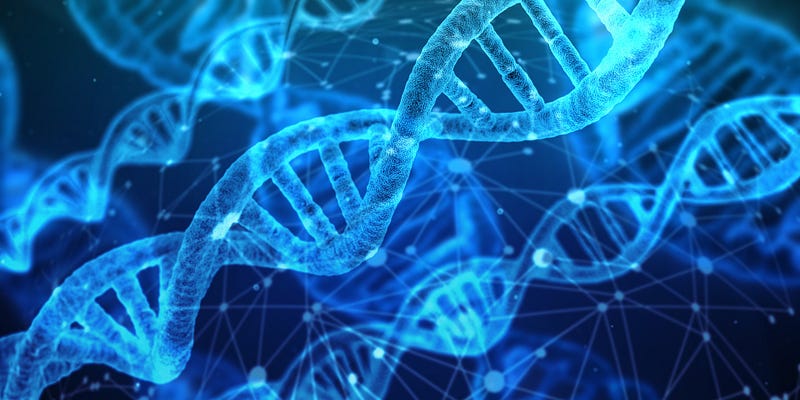
Image by Gerd Altmann from Pixabay
What is Bioinformatics?
The term bioinformatics arises from the combination of "bio" and "informatics." According to Wikipedia, bioinformatics is an interdisciplinary domain that focuses on the development of methods and software tools for analyzing biological data, especially when dealing with large and intricate datasets. This field merges biology, computer science, information engineering, mathematics, and statistics to facilitate the analysis and interpretation of biological information.
As biological analyses yield vast quantities of data, manual evaluation becomes increasingly impractical. Here, computer science plays a crucial role in helping us manage and interpret these extensive datasets. Consequently, bioinformatics can be viewed as a data science discipline aimed at addressing biological and medical challenges.
What is Computational Biology?
The term computational biology is derived from the combination of "computation" and "biology." As defined by Wikipedia, this field involves the creation and utilization of data-analytical and theoretical methods, along with mathematical modeling and computational simulation techniques, to explore biological, ecological, behavioral, and social systems.
To effectively analyze and comprehend biological data, we require efficient methods and techniques. Computational biology emphasizes the development of algorithms to process this data. Given the substantial volumes of information, it is essential to focus on crafting efficient and scalable models and algorithms for effective analysis. The two domains are closely linked and often used interchangeably.
Why Pursue Bioinformatics and Computational Biology?
Bioinformatics and computational biology have become integral interdisciplinary sciences. If you are a biologist, acquiring knowledge in these areas can significantly enhance your research and experimental outcomes. Numerous sub-disciplines, including genomics, proteomics, metagenomics, metabolomics, and phylogenetics, await exploration.
The job market currently boasts many opportunities for individuals skilled in bioinformatics and computational biology. Prominent pharmaceutical, biotech, and software firms are eager to recruit professionals experienced in these fields to manage vast amounts of biological and healthcare data. Websites like Indeed.com are excellent resources for discovering job openings in bioinformatics and computational biology.
A key application of these fields lies in precision and preventive medicine. Precision medicine tailors healthcare strategies to individual patients, focusing on preventative measures rather than merely treating diseases. Areas of interest include influenza, cancer, heart disease, and diabetes.
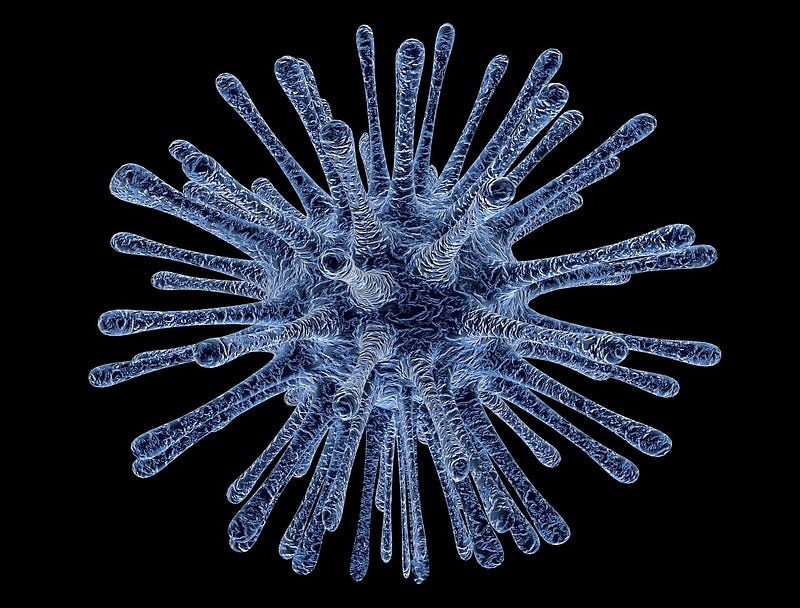
Image by PublicDomainPictures from Pixabay
Research is ongoing to identify genetic alterations in patients, enabling scientists to devise improved treatment methods and preventive strategies. For instance, specific genetic mutations linked to certain cancers can be detected early, allowing for timely intervention. More information on bioinformatics' role in cancer treatment can be found at the National Cancer Institute.
How to Get Started in Bioinformatics and Computational Biology?
To embark on your journey in this field, it's crucial to have a foundational understanding of biology, particularly genetics and genomics. This includes studying genes, DNA, RNA, protein structures, and various synthesis processes.
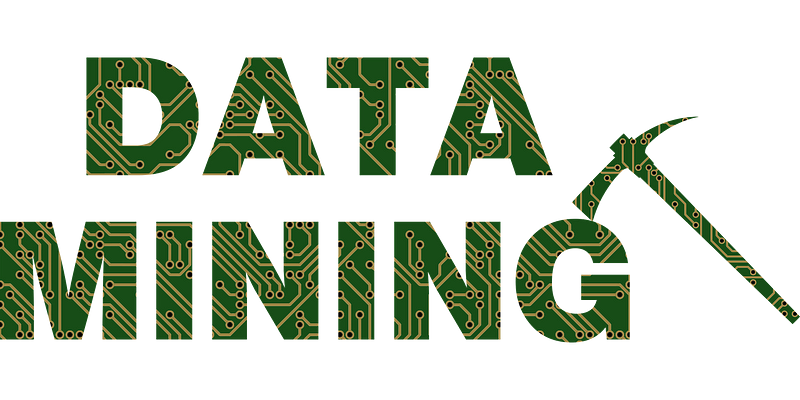
Image by GDJ from Pixabay
Next, you should focus on biological sequences, such as those in DNA, RNA, and proteins, along with techniques to uncover and analyze patterns within them. Familiarity with various algorithms used in these techniques will be beneficial, and you'll also encounter machine learning and data mining methods, including hidden Markov models, neural networks, and clustering.
Since you will work with extensive datasets, a solid grounding in statistics is vital, as it will help you tailor your analyses to specific needs.
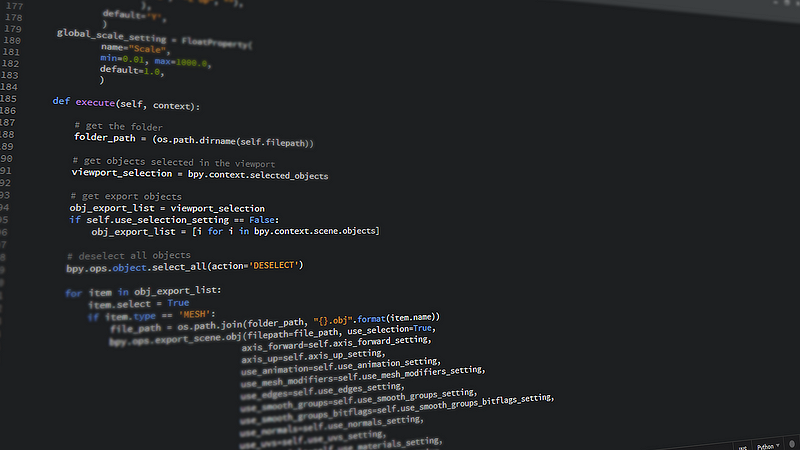
Image by JohnsonMartin from Pixabay
Programming skills are indispensable in this field. R, Python, and Bash are the most widely used languages for biological data analysis. Your choice of programming language should align with your goals, and you may also consider learning languages like C/C++ or Java.
Once you grasp the fundamental concepts, you can explore advanced areas such as structural bioinformatics, systems biology, and biological networks.
Applications of Bioinformatics in Real Life
The human genome is a remarkable entity, with an astonishing amount of data encoded within a DNA molecule. However, genetic mutations can lead to severe diseases, necessitating healthcare systems that can identify these conditions and provide effective treatments.
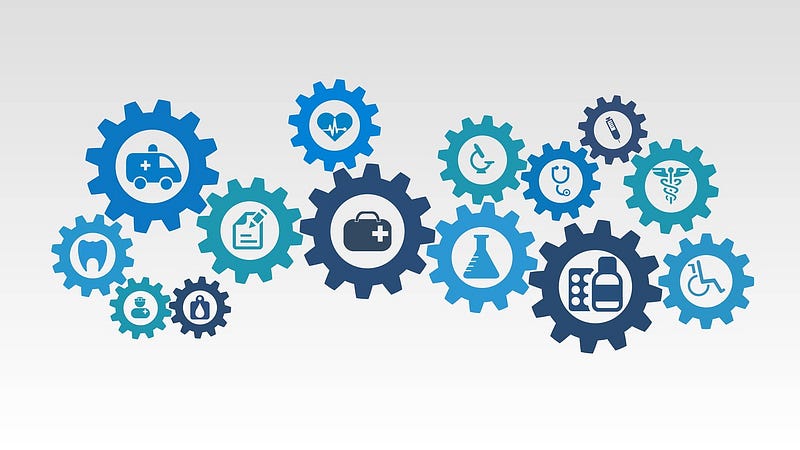
Image by ar130405 from Pixabay
A current example illustrating the importance of bioinformatics and computational biology is the global response to the COVID-19 pandemic. Researchers have been tirelessly working to decipher the virus's genome, studying the various strains circulating worldwide, their evolution, and genetic makeup. Initiatives like Nextstrain are dedicated to tracking the real-time evolution of COVID-19.
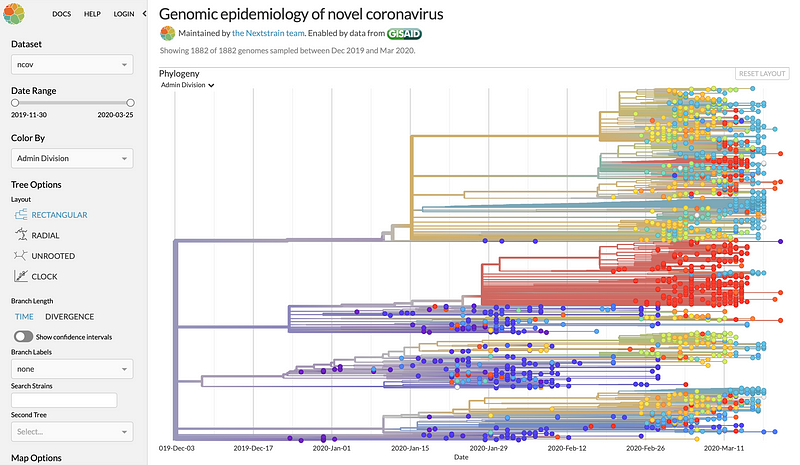
Concluding Thoughts
Bioinformatics and computational biology hold immense potential for identifying diseases, devising treatments, and enhancing human life quality. Drawing from computer science, these fields can evolve from treating individual patients to addressing healthcare challenges on a population scale.
Thank you for taking the time to read this overview.
Cheers, and stay safe!
The first video titled "What are Bioinformatics and Computational Biology?" provides an engaging overview of these essential fields, detailing their significance and applications.
The second video, "Difference Between Bioinformatics and Computational Biology," delves into the distinctions and interrelations of these two critical disciplines.